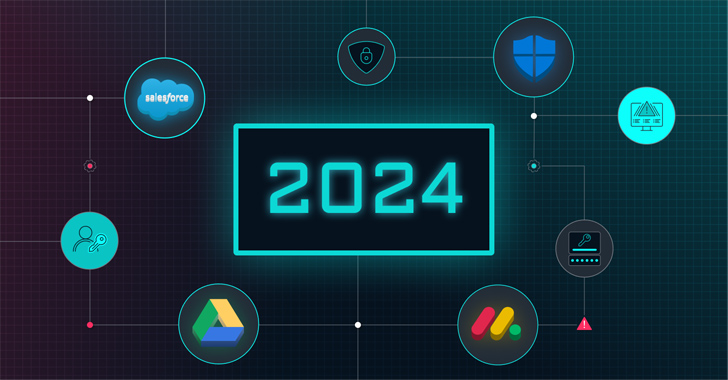Over the past few years, SaaS has developed into the backbone of corporate IT. Service businesses, such as medical practices, law firms, and financial services firms, are almost entirely SaaS based. Non-service businesses, including manufacturers and retailers, have about 70% of their software in the cloud.
These applications contain a wealth of data, from minimally sensitive general corporate information to highly sensitive intellectual property, customer records, and employee data. Threat actors have noted this shift, and are actively working to breach apps to access the data.
In 2024, SaaS security will be influenced by several trends that organizations need to be aware of and adapt to. Here are the top 7 trends shaping SaaS security in 2024:
- Increased reliance on third-party applications: As organizations rely more on SaaS tools to improve processes and extend functionality, they also increase their exposure to potential security risks.
- Democratization of SaaS: Business units are increasingly purchasing and onboarding SaaS tools that best fit their needs, which can lead to a more decentralized approach to SaaS usage.
- High-privileged user access: Security teams are concerned about high-privileged users logging into their work devices, which may have critical vulnerabilities and create new attack vectors.
- OAuth visibility and governance: With the increase in OAuth-related exploits, security organizations will need to prioritize OAuth visibility, governance, and risk management.
- Addressing SaaS sprawl: Organizations must remain vigilant and adaptive in the face of the evolving SaaS security landscape, and addressing SaaS sprawl can help minimize the attack surface and demonstrate risk reduction.
- AI-driven breaches: As generative AI continues to grow, it will impact email security and potentially lead to more AI-driven breaches.
- Cross-border compliance: In 2024, organizations will need to adapt to diverse compliance regulations across regions, leading to a surge in data segmentation by region.
To address these trends, organizations should:
- Develop new ways to secure company data, considering the challenges of securing a decentralized SaaS landscape.
- Prioritize OAuth visibility, governance, and risk management to mitigate potential security risks.
- Address SaaS sprawl and maintain a robust defensive security stance to prepare for unseen events.
- Stay vigilant and adaptive in the face of evolving SaaS security landscape.
- Implement cross-border compliance strategies to reduce risks associated with diverse regulations.
By being aware of these trends and taking appropriate measures, organizations can better protect their SaaS infrastructure and ensure a more secure digital environment.
Sources:
https://thehackernews.com/2023/12/top-7-trends-shaping-saas-security-in.html?m=1
https://www.forbes.com/sites/forbestechcouncil/2023/12/04/predictions-for-saas-security-in-2024-trends-to-watch/
https://appomni.com/blog_post/2024-saas-security-forecast-and-predictions/
https://www.techtarget.com/searchsecurity/feature/Cybersecurity-trends-to-watch
https://spin.ai/blog/3-saas-security-predictions-for-2024/





